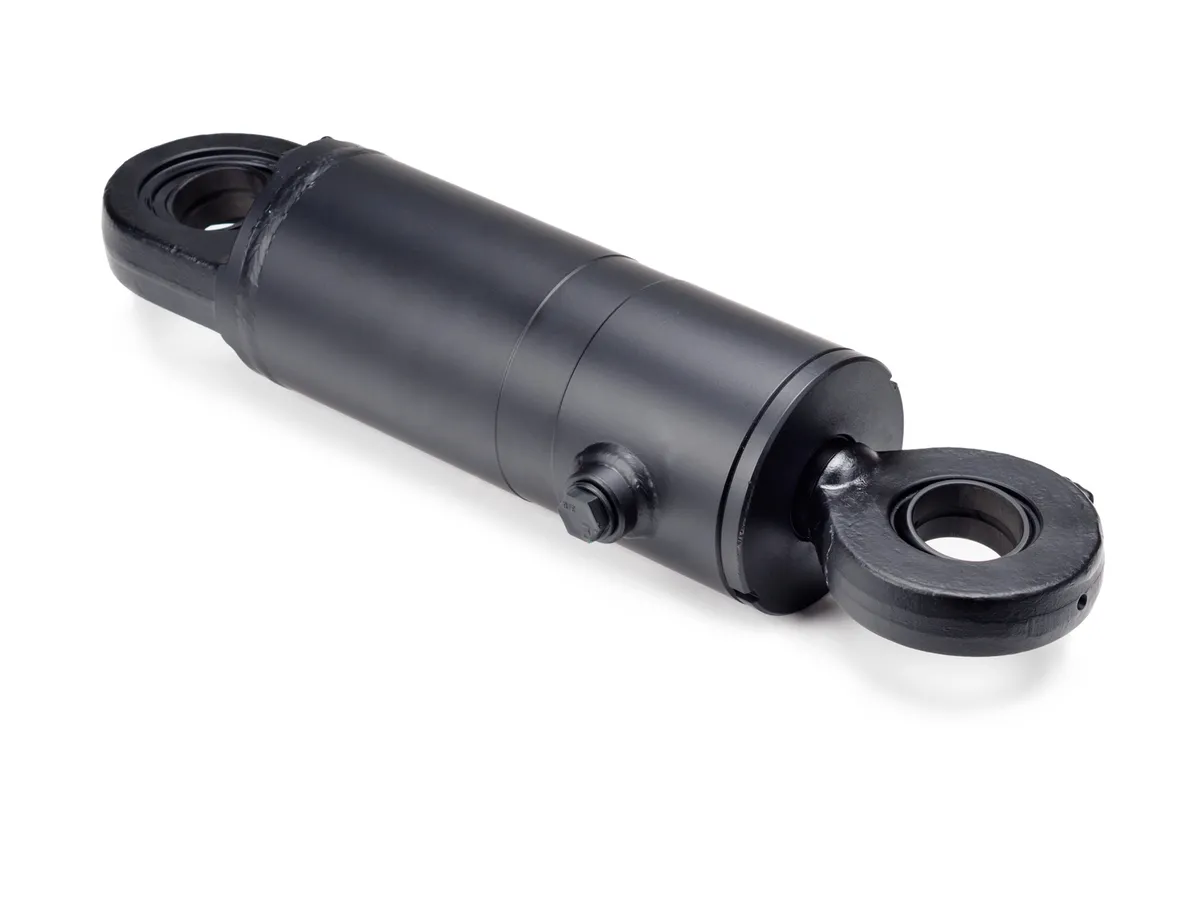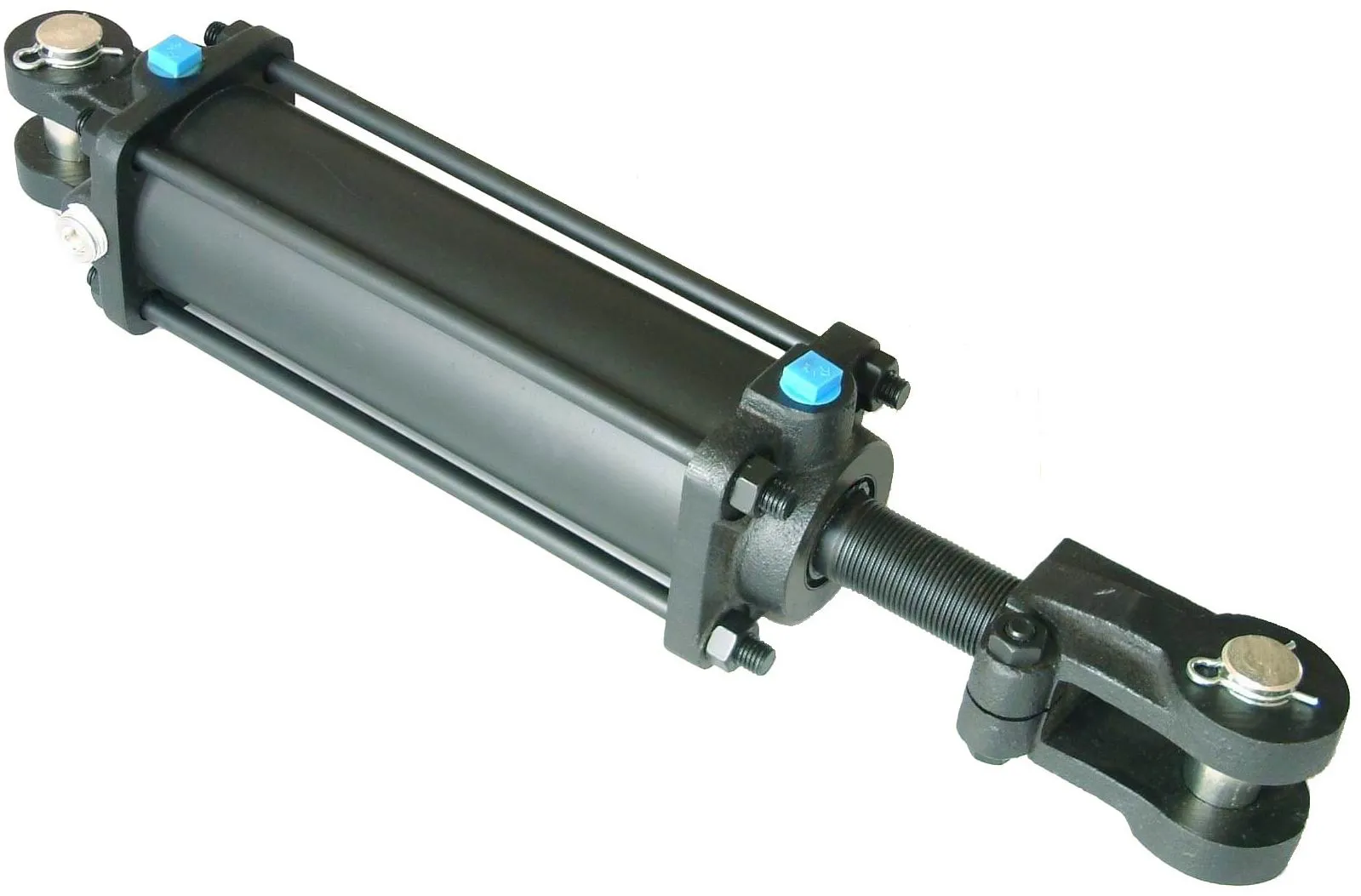
Custom High-Pressure Welded Hydraulic Cylinders Design
Introduction
In the realm of hydraulic systems, high-pressure welded hydraulic cylinders play a pivotal role in ensuring efficient and reliable operation. These cylinders are specifically designed to withstand extreme pressures and deliver superior performance in a variety of industrial applications. Let’s delve into the intricacies of high-pressure welded hydraulic cylinders to understand their design, construction, working principles, advantages, applications, and maintenance requirements.
Design and Construction Characteristics

High-pressure welded hydraulic cylinders are crafted using high-strength materials such as steel and aluminum to enhance durability and wear resistance. The welded process, employing techniques like MIG and TIG welding, ensures structural integrity and eliminates vulnerabilities present in traditional designs. Features like integrated end covers, piston designs, and sealing arrangements contribute to optimal performance.
Integrated End Cover
The integrated end cover design enhances structural stability and prevents leakage, ensuring long-term reliability.
Piston Design
The piston design is optimized for efficient fluid transfer and movement, enhancing overall performance.
Sealing Arrangement
The sealing arrangement minimizes the risk of fluid leakage and maintains pressure consistency within the cylinder.
Working Principle
The working principle of high-pressure welded hydraulic cylinders revolves around fluid transfer force, piston movement, workload distribution, sealing systems, and pressure release mechanisms. These cylinders operate seamlessly to generate powerful hydraulic force for various applications.
Types and Configurations
High-pressure welded hydraulic cylinders are available in different types and configurations tailored to specific needs. Whether it’s single-acting, double-acting, or telescopic cylinders, each variant offers distinct advantages in terms of performance and versatility.
Top Five Advantages
1. Strength vs. Reliability: Welded construction enhances strength and reliability, enabling higher pressure ratings.
2. Compact Design: Welded cylinders save space compared to traditional designs, ideal for confined applications.

3. Maintenance Benefits: Fewer moving parts reduce maintenance requirements, ensuring smooth operation.
4. High Pressure Capacity: Engineered to withstand extreme pressures, suitable for demanding environments.
5. Durability: High-strength materials and welded technology ensure longevity and minimal risk of failure.
Performance Characteristics
High-pressure welded hydraulic cylinders boast exceptional strength, durability, pressure capacity, compactness, flexibility, and ease of maintenance. These cylinders are well-suited for diverse industrial equipment applications, offering superior performance and reliability.
Industries
High-pressure welded hydraulic cylinders find extensive use in construction, agriculture, manufacturing, mining, and marine industries. From excavators and tractors to printing presses and robots, these cylinders power a wide range of machinery with precision and efficiency.
Design Considerations
When selecting high-pressure welded hydraulic cylinders, factors like bearing capacity, sealing effectiveness, durability, safety features, and maintenance requirements should be carefully evaluated. These considerations ensure optimal performance and longevity of the hydraulic system.
Sealing and Lubrication
Proper sealing using high-quality materials and regular lubrication are essential for maintaining the performance and longevity of high-pressure welded hydraulic cylinders. Seals like piston seals and rod seals, along with appropriate lubrication, reduce wear and ensure smooth operation.
Maintenance and Safety
Regular inspection, preventive maintenance, correct installation, and adherence to safety protocols are crucial for the safe and efficient operation of high-pressure welded hydraulic cylinders. Implementing these measures minimizes downtime and enhances operational safety.
Fault Diagnosis and Common Problems
Identifying common issues like seal wear, fluid leakage, and piston malfunctions is essential for diagnosing faults in high-pressure welded hydraulic cylinders. By understanding these problems and implementing timely solutions, users can optimize cylinder performance.
FAQs
1. High-pressure welded hydraulic cylinders differ from traditional cylinders through their welded construction, offering enhanced strength and reliability.
2. Common materials used in these cylinders include high-strength steel and aluminum for durability and wear resistance.
3. The welded process improves performance by ensuring structural integrity and eliminating weak points.
4. Recommended maintenance practices include regular inspection, proper lubrication, and seal replacement to extend cylinder lifespan.

Long Tail Keywords
1. High-pressure welded hydraulic cylinders for heavy-duty applications.
2. Custom-designed welded hydraulic cylinders for industrial machinery.
3. High-pressure welded cylinders with advanced sealing technology for superior performance.
Our Company
Our company specializes in manufacturing custom high-pressure welded hydraulic cylinders, offering a comprehensive product line to meet diverse industrial needs. With international certifications, personalized services, state-of-the-art production equipment, and robust after-sales support, we have established ourselves as a leading provider in the hydraulic cylinder industry.
Author: lyl
